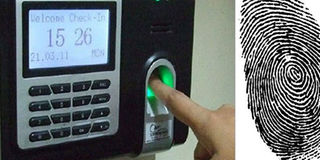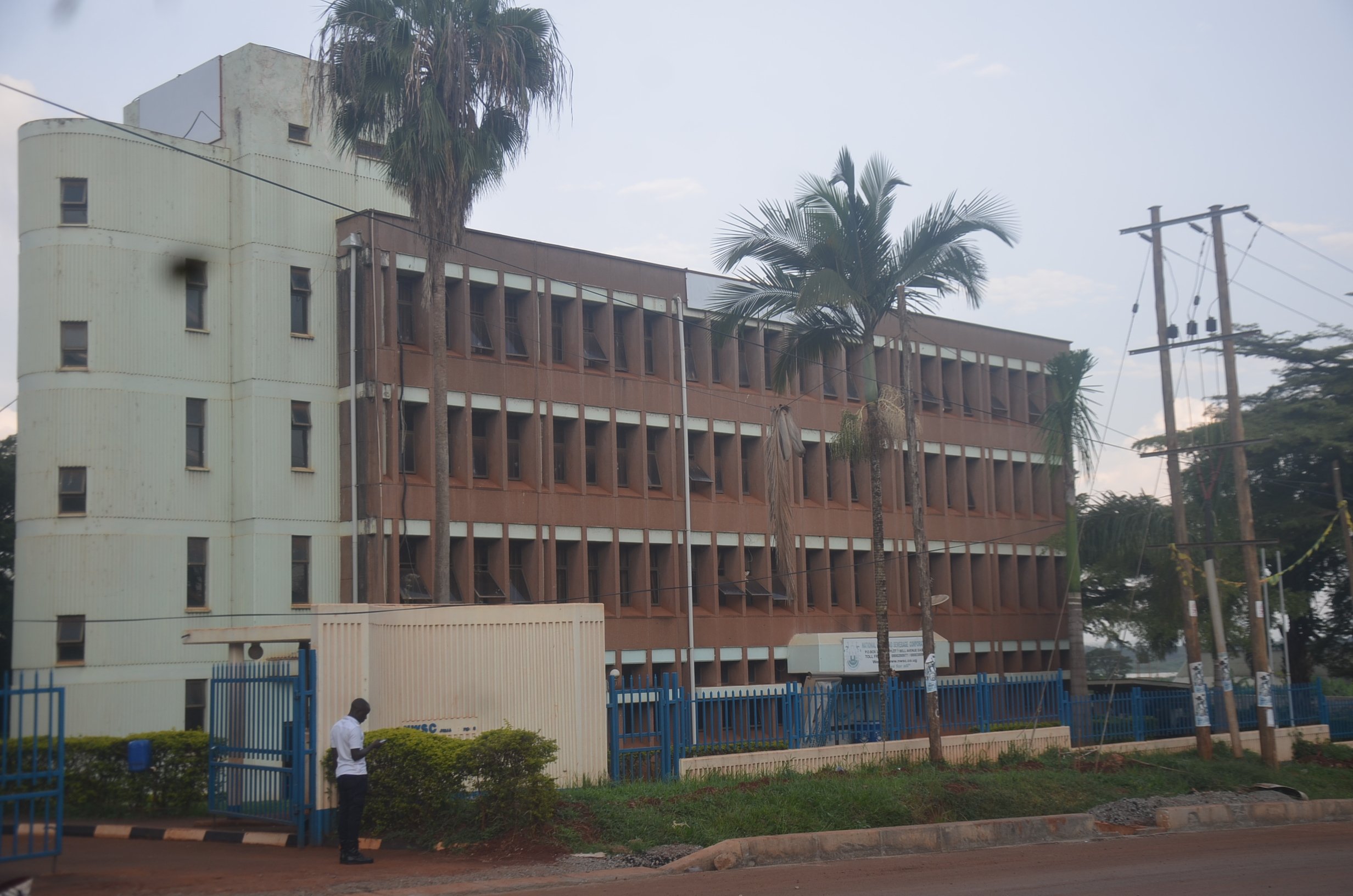Butambala uses biometric machines to monitor staff

A similar technology has already been embraced in Iganga District where authorities say it has helped them register a 10 per cent decrease in the health workers’ absenteeism that is from 50 per cent to 40 per cent in the last three years. Courtesy photo
What you need to know:
- Performance. According to the Health Sector Performance Report 2013/2013, 40 per cent of health workers countrywide are rarely at their workstations.
- The report cites district hospitals and lower health units as the most affected.
Reasons. According to the report, the most quoted reasons for absenteeism were poor pay, poor working conditions and study leave.
Butambala. Butambala District leaders have started installing biometric monitoring machines in every public office to check staff absenteeism.
According the district chairperson, Mr Godfrey Mafumu Kyeswa, one biometric monitoring machine has been procured at Shs3.5 million and installed at Gombe Regional Referral Hospital which serves Butambala, Mpigi, Mityana, parts of Wakiso, Kalungu and Ssembabule districts.
Mr Kyewa says more 20 biometric monitoring machines will be procured in the next financial year and the district plans to spend at least Shs70 million.
“We are yet to get a local area network with the main server at the district headquarters. It will be easy and affordable for us to monitor our staff who arrive late at work stations and those who don’t bother to work at all,” he said during an interview on Friday.
A similar technology has already been embraced in Iganga District where authorities say it has helped them register a 10 per cent decrease in the health workers’ absenteeism that is from 50 per cent to 40 per cent in the last three years.
Mr Kyeswa revealed that they have registered a 25 per cent decrease in the health workers’ absenteeism at Gombe hospital since the installation of the machine Staff absenteeism at the facility stood at 75per cent a year ago, but it has since reduced to 50 per cent, according to Mr Kyeswa.
“To pilot the system, we procured the first machine for our major health facility but in the next fiscal year, we expect to get more of them and install some at the district headquarters in Bugoye, our main health centre IIIs and at sub-county headquarters to see that no staff cheats government,” he said.
Health workers at Gombe Hospital use their fingerprints to sign in and out and the biometric monitoring machine records hours spent at work daily.
He said before the introduction of the system, some of the hospital staff had a tendency of reporting in the morning, sign and leave, then return in the evening to sign out.
Mr Kyeswa said the district sought permission from the Ministry of Public Service, which gave them a go-ahead to use the new technology.
The use of new technology comes at a time when district leaders are accusing health workers and other civil servants in the district of absenteeism and reporting late to work.
“We (district authorities) had to intervene and come up with this crucial measure to fight absenteeism which is seriously affecting service delivery in our area,” he said.
Mr Kyeswa revealed that after installing the biometric monitoring machines at all public offices, health facilities and schools, the district will start paying civil servants for only days worked.
“Payment of salaries will be based on the number of days worked, which we believe will motivate the workers and trigger better performance in all sectors.” He added
Absenteeism
Winnie Nakawooya, a pupil at Nawango Primary School revealed how a section of her teachers absent themselves from school with some only reporting for work on Tuesdays, Wednesdays and Thursdays.
“During other days [Monday and Friday] I am forced to stay home because teachers are always absent,” she said.
However, one of the community development officers in Gombe Town Council, who preferred anonymity , said the new system is bound to fail due to unreliable power supply in the district .“We have a problem of power blackout here and I think it will fail this staff monitoring system. I am sure many health centres and sub-county headquarters experience a similar challenge” the community development officer said.
Lack of accommodation for civil servants such as teachers and health workers has always been blamed for the recurrent staff absenteeism in rural areas countrywide.
Performance. According to the Health Sector Performance Report 2013/2013, 40 per cent of health workers countrywide are rarely at their workstations.
The report cites district hospitals and lower health units as the most affected.
Reasons. According to the report, the most quoted reasons for absenteeism were poor pay, poor working conditions and study leave.
Butambula District has 22 public health facilities, eight health centre IIIs, 13 health centre IIs, and one general hospital.
The district also has 68 public primary schools , eight government-aided secondary schools, four sub counties and two town councils.




